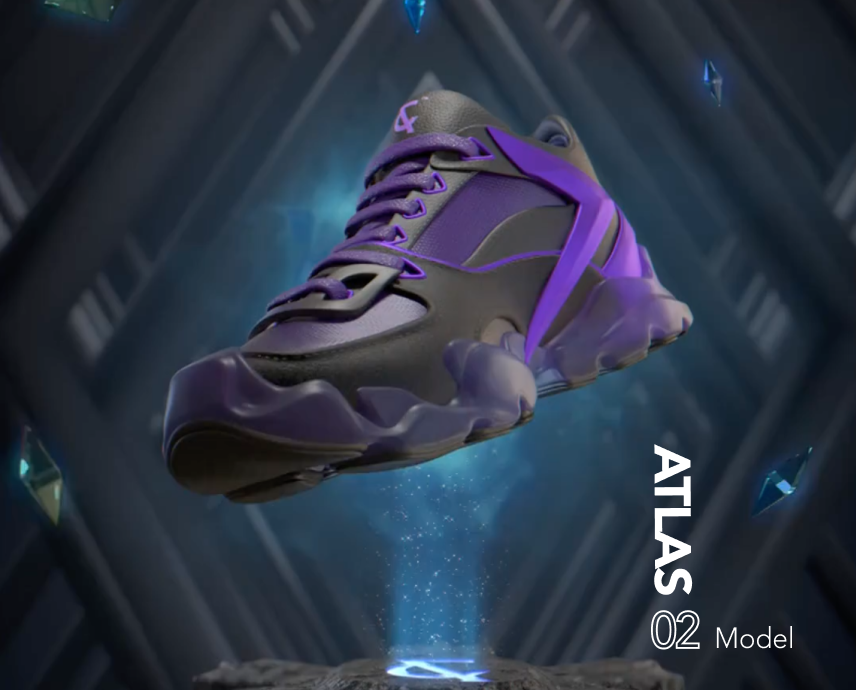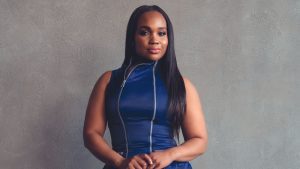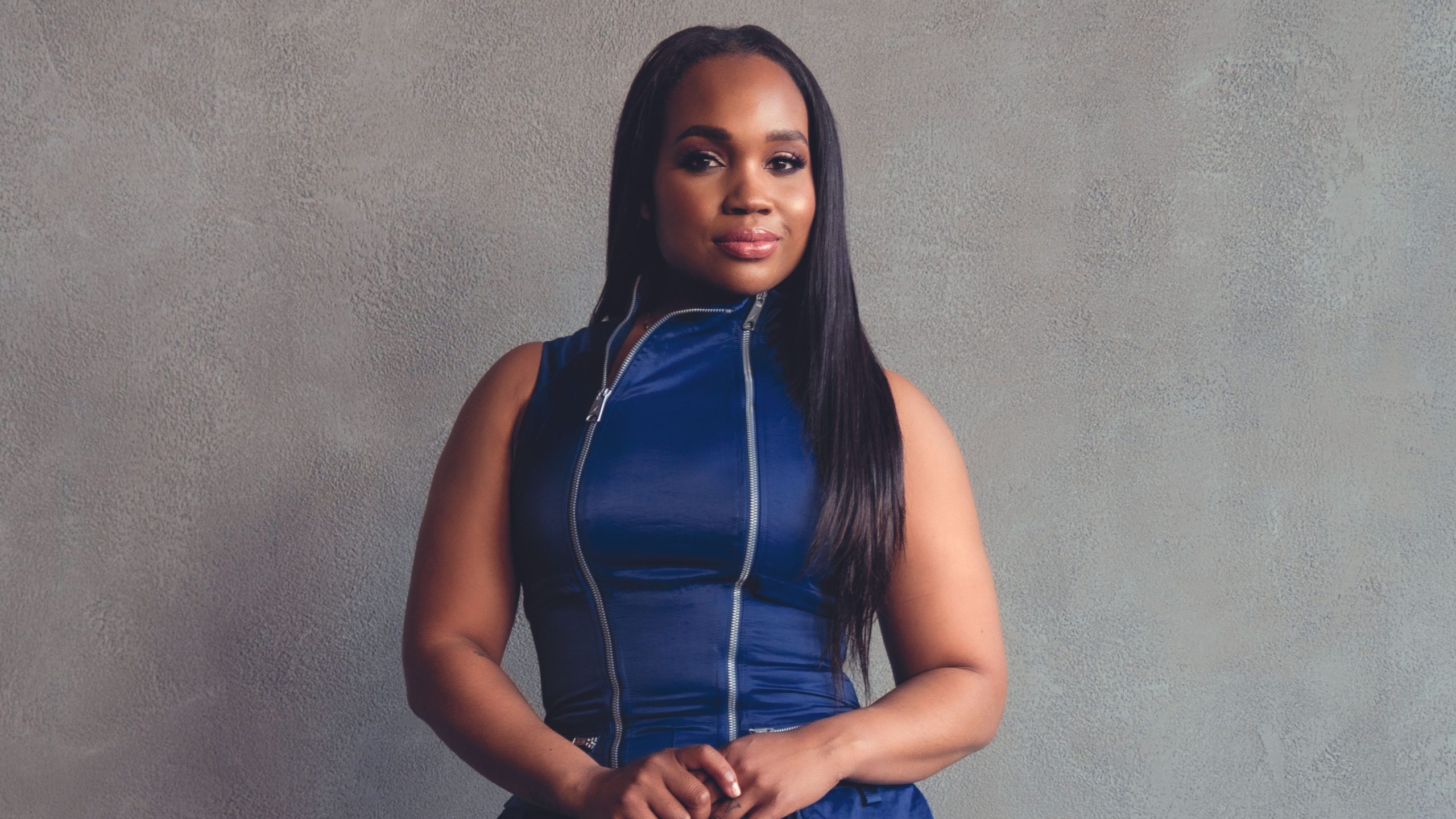[vc_row][vc_column][vc_column_text]Cult & Rain isn’t just adding a tangible element to the nascent NFT space. The first crypto luxury house wants to create a bona fide fashion brand within it.
George Yang’s record for developing a creative vision is well-established. With nearly two decades of experience leading international design teams within the luxury and premium fashion segments, the industry veteran’s resume boasts celebrated stints at such global brands as Cerruti, Guy Laroche, CoSTUME NATIONAL, and Theory.
Moreover, he’s also a certified sneakerhead. Throughout his life, Yang has collected hundreds of pairs. Hoarded them, even, if you ask his loved ones. But when he made the move from Paris to New York a couple of years ago, his wife convinced him it was finally time to start selling some. After all, most of their values had gone up. But more than the money, she was also simply tired of so many shoeboxes cluttering up their space.
This wasn’t just footwear to Yang, however. To a designer’s eye, these sneakers were prized possessions. They were works of art. Imagine the deep disappointment, then, when after aiming to sell through marketplaces like StockX, several came back as counterfeits.
There had to be a better way. Right? Racing to conduct a great deal of research, it occurred to him that you could probably stick a near-field communication chip in a shoe, tie it to the blockchain from the supply chain level — “from the beginning, from the inception” — and then guarantee it landed into the ownership of the first buyer.
“Now, what happens if we transfer the ownership? From me to you, you to StockX, StockX back to you, back to me, so on and so forth,” Yang continues. “Wouldn’t that solve the problem of having fake things? Wouldn’t that solve the problem of authenticity? Of luxury counterfeits? That was actually a big idea that came to my head in the beginning.”
The first luxury fashion brand with origins in the crypto universe, Cult & Rain, was soon cultivated from that exact initial concept. Moreover, since evolving into an avenue for introducing high-fashion to Web3, a decentralized online ecosystem based on the blockchain, Yang’s new digital imprint has already unveiled its debut NFT sneaker collection.
The aptly-dubbed Genesis Drop encompasses a limited onslaught of 4K animated NFTs — no less than 2,000 of them — that are redeemable for an identical pair of Italian-assembled sneakers. Made to order for each customer, the personalized and handcrafted kicks, which marry utility with luxury design, are sourced from the finest materials and fabrication through exclusive supply chains. Production plans to kick off at the company’s international factory in early March, requiring upwards of 16 weeks.
The NFT technically acts as a token, rendering the sneakers impervious to counterfeits. For his part, Yang envisions it as much more. Consider how Cult & Rain intends to release additional physical and redeemable utilities tied to the NFTs. Think brand discounts. Think airdrops. Think VIP access to in-person and metaverse events. You can even expect a metaverse fashion show one day.
“The NFT itself will become an all-access pass. We’re calling it a culture pass,” proclaims Yang, proudly. “We’re onto something here. This is something special. This is a movement that’s probably going to change the world, in my opinion.”
Before Yang launched the Cult & Rain label last December — more pointedly, when he decided to enter into the NFT space — there were some founding principles he wrote down in his notebook. “Art, creativity, and love,” he reveals. “And community. That’s the core of our project utilities. The bonuses come after, but creativity and art come first.”
Of course, collaborations are key to practising these core values and making sure that creativity and art maintain a priority. How else to explain the inclusion of NFT-native artists like Aidan Cullen (and his Heart Project), Javier Arres, Sean Williams, and Sophie Sturdevant? The quartet was responsible for the drop’s four sneaker designs, which come in five unique colourways with a hundred pairs per colourway set, as well as its series of special skins.
“We wanted to work with artists that were homegrown; with young, hungry artists that I vibed with,” Yang shares. He also insisted that Cult & Rain’s collaborations emphasize diversity. “That was really important to me.” And just as important? Governance. More specifically, who gets to govern. Yang says he wanted to flip the hierarchy of high-end fashion retail on its head. Call it good old fashioned digital disruption, if you will.
“We’ve been in the game a long time. We’re tired of boards making the decisions, and wholesalers making the decisions,” he confesses. “They have the power, ultimately, because they’re the ones that are cutting the cheques. We wanted to reverse that. Essentially, who becomes the wholesalers, or the buyers, is the community.”
Until now, the worlds of fashion and crypto have been mostly kept worlds apart. Conventional designers have resisted bridging them. Except sneakers have broken through. They are at the vanguard of digital wearables in the metaverse.
Look at RTFKT. Snatched up by Nike mere months ago, the digital shoemaker recently sold USD $3.1 million worth of NFT sneakers in only six minutes. Or look at Adidas. Partnering with respected, influential collections like G Money and Bored Ape Yacht Club, the sport and lifestyle powerhouse netted somewhere in the neighbourhood of USD $23 million on its first NFT drop.
But by now, it should be clear that Cult & Rain isn’t another cash-in. George Yang isn’t stimulated by the pursuit of profit. The emphasis has always been community and every day, the team is seeing that community grow. “$1.8m USD at mint on 1406 NFTs in a limited selling window,” says Director of Marketing and Communications, Andy Griffiths, in a short email update earlier this week. As of writing this, Cult & Rain’s next major milestone may very well be waiting in the inbox. It’s to the point where one can barely keep up with the brand’s growth. But at the end of the day, commercial growth is merely a byproduct of the community they’ve built.
“It isn’t about the money for us. It’s about creating the most badass art and the most legitimate product, with the highest luxury quality we can deliver,” Yang concludes. “I think if we can achieve that and build something that’s real, then people will respect that.”
[yikes-mailchimp form=”1″ title=”1″ submit=”SUBSCRIBE”][/vc_column_text][/vc_column][/vc_row]













